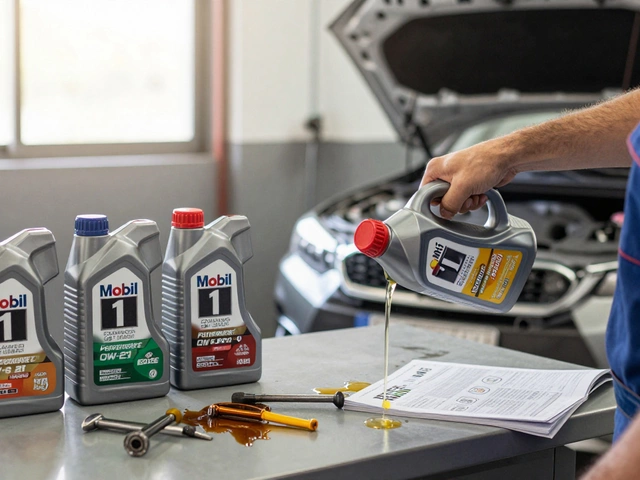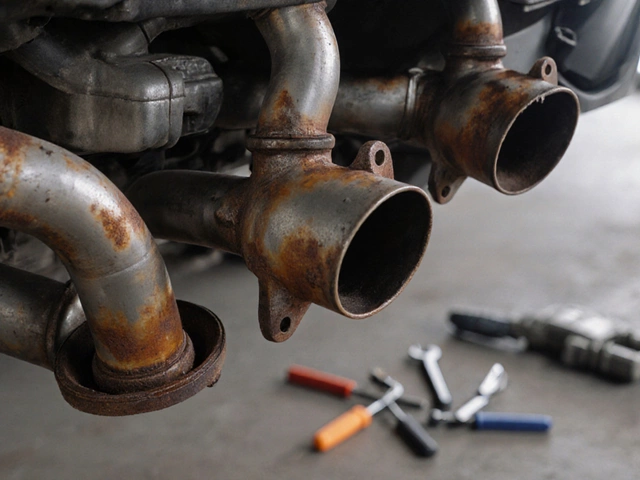Suspension Adjustment
When working with suspension adjustment, the process of tuning a vehicle’s suspension to restore proper ride height, handling, and comfort. Also known as suspension tuning, it influences everything from tire wear to braking stability. suspension adjustment is essential whether you’re fixing a sagging rear end or prepping a car for sporty driving.
Key Parts That Shape Your Ride
The success of any suspension adjustment hinges on a few core components. shock absorbers, dampening devices that control spring bounce and keep the tires in contact with the road are the first to check; worn shocks let the car bounce, making alignment pointless. Next, coil springs, metal coils that support the vehicle’s weight and set its ride height must be the right rate for your load. Finally, wheel alignment, the precise angles of the wheels relative to the car’s chassis ensures the suspension works as intended after any part is changed.
These parts don’t operate in isolation. The first semantic triple is: suspension adjustment encompasses shock absorber tuning. The second: proper suspension adjustment requires accurate wheel alignment. The third: coil spring condition influences ride height, which in turn affects alignment angles. Understanding these links lets you diagnose a clunk, a drift, or uneven tire wear without guessing.
Most drivers notice a problem when the car starts to feel loose in corners or the rear sinks under load. Those symptoms point to either a sagging spring or a leaking shock. Checking the bounce test—pushing down on a corner and watching the rebound—quickly reveals shock health. If the car bounces more than once, the shock absorber likely needs replacement before you adjust anything else.
Tools matter, too. A basic suspension adjustment kit includes a spring compressor, a torque wrench, and a reliable alignment checker (often a digital camber gauge). Using the right torque settings when re‑installing bolts preserves structural integrity and prevents future wear. Remember, over‑tightening a mount can damage the chassis, while under‑tightening will let parts shift under load.
Below you’ll find practical guides that walk through each step—from spotting worn components to restoring factory specs or tailoring the setup for performance driving. Whether you’re fixing a daily driver or fine‑tuning a weekend racer, the articles ahead cover oil choices, spark plug impacts, and even how a bad radiator can trick you into misreading suspension issues. Dive in to get the hands‑on advice you need to keep your ride smooth and safe.

How to Soften Your Car Suspension: DIY Tips for a Comfortable Ride
Learn practical ways to soften your car's suspension for a smoother ride. Covers shocks, springs, air kits, bushings, anti‑roll bars, DIY steps, costs, and FAQs.
CONTINUE READING








